Why Intergenerational Connection is Essential
For thousands of years supportive community-based cultures naturally encouraged children, youth, adults, and senior adults to be interdependent. Of course, there have been dysfunctional communities and unhealthy church systems as well. In the U.S. we have siloed children, youth, adults, and senior adults in church age groups in ministries or programs without encouraging intentional intergenerational connections. Quality age-appropriate group play, serving opportunities, and discussions are important for growing minds and hearts as well as faith-formation, but it does not stop there. Christina Embree wrote a 2015 article entitled “Intergenerational Worship Can Anchor Your Church’s Youth” where she referenced Fuller Youth Institute’s longitudinal research done from 2006 -10 with regard to youth church attendance after high school. She introduced the article with this, “Intergenerational worship is one of the most important and most neglected opportunities within the local church.” “Primarily, their research found three things:
- While most U.S. churches focus on building strong youth groups, teenagers also need to build relationships with adults of all ages.
- Churches and families overestimate youth group graduates’ readiness for the struggles ahead with dire consequences for the faith.
- While teaching young people the “dos” and “don’ts” of Christian living is important, an overemphasis on behaviors can sabotage faith long-term.
Further research showed that while there was no “silver bullet,” churches that encouraged intergenerational connections and worship, and youth that felt involved and connected to the larger church, had a much greater chance of remaining in church post high school.” Embree gives a shout out to Kara Powell and Chap Clark, authors of the book, “Sticky Faith: Everyday Ideas to Build Lasting Faith in Your Kids,” as they were speaking to the values of intergenerational worship. “Of the many youth group participation variables we examined, involvement in intergenerational worship and relationships had one of the most robust correlations with faith maturity,” Powell explained
Embree goes on to cite studies by the Barna Research Group
and Pew Research Center
support the idea that Millennials often leave church because they have no connection to the larger church body, no relationships with adults outside of specialized ministry areas, and no sense of belonging in corporate worship since they’ve never or rarely attended. A Lifelong Faith study
showed six key factors in young adults remaining religious (affiliated with church and Christianity). The first three applied directly to the family, but the next three to the church, specifically supportive nonparent adults and personal religious experiences in the larger church, not just in youth group or children’s church. I am not opposed to quality, Christ-centered, community-focused children’s ministry and youth ministry, but I am concerned when families and churches are consistently separated from each other and never have time to fellowship together.” My teen daughter attended Calvary’s spiritual retreat last weekend where she volunteered at the prayer station with two Calvary members, one being her youth leader. She had a chance to help with the station as well as see children coloring mandalas, senior adults planting seeds, and adults taking a time out in the quiet chapel. Instead of showing frustration, considering that she was the only youth at church on a Saturday, she calmly left church at the end of the retreat and said that she enjoyed being around people. I am thankful that my children feel that they belong and that they are invited to contribute. Being with others even when not having a verbal conversation speaks volumes to youth. Children and youth observe and receive the messages: “You are enough. We have time. I take time out for myself. I rely on others when I need help. I like being with you.” These messages can reach children and youth on Sundays when they are with people of all ages during worship and in events outside of worship. During age-specific classes such as Confirmation or a mixed age class space such as Sunday Studio children and youth get to know their peers and safe adult volunteers which leads them to deepen connections that help them in their faith-formation and long-term sense of belonging. If a child or youth participates in a serving opportunity such as Pack a Sack or contributes items for the Outside Giving Tree, there is a completely different understanding of ministry. They are receiving the ministry of community while giving to others. Children and youth that are siloed in groups at church might understand that they are there to receive a program, but do not necessarily feel that they belong unconditionally to the larger church body. That message of interdependence and belonging has to be fostered by people of all ages praying, worshipping, serving, fellowshipping, and sharing talents and humor side-by-side. Data reveals that children who eat meals with their family on a regular basis are less likely to develop eating disorders as youth and adults, and more likely to develop confidence in having conversations about a large scope of topics with peers and those of all ages. Being seen and heard, or rather, witnessed, is essential for growth, calculated risk-taking, and combating onsets of loneliness, self-absorption, and fixed mindset. Watching others play, create, express feelings and opinions, helps us to see how we are similar and different. We exercise our empathy, as well as laugh more when in the presence of others. This helps us to become active players that can safely shine our uniqueness while choosing to be on a healthy cooperative team that will take us places God wants us to go. I am thankful for all of the ways Calvary has offered intergenerational events and ministries.


The post Why Intergenerational Connection is Essential appeared first on Calvary Presbyterian Church, San Francisco.











